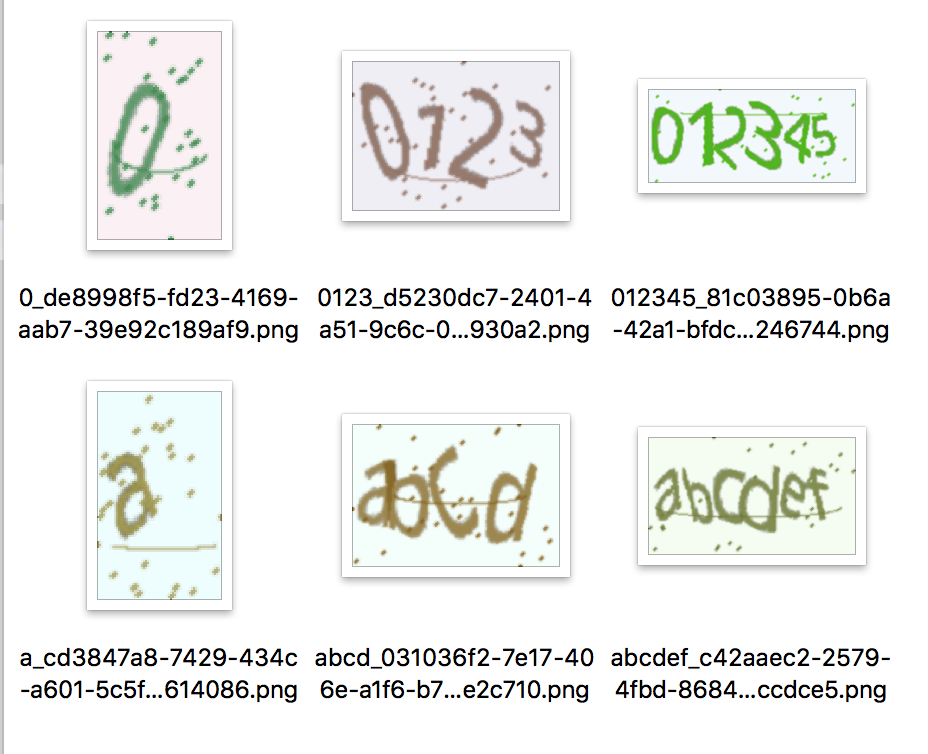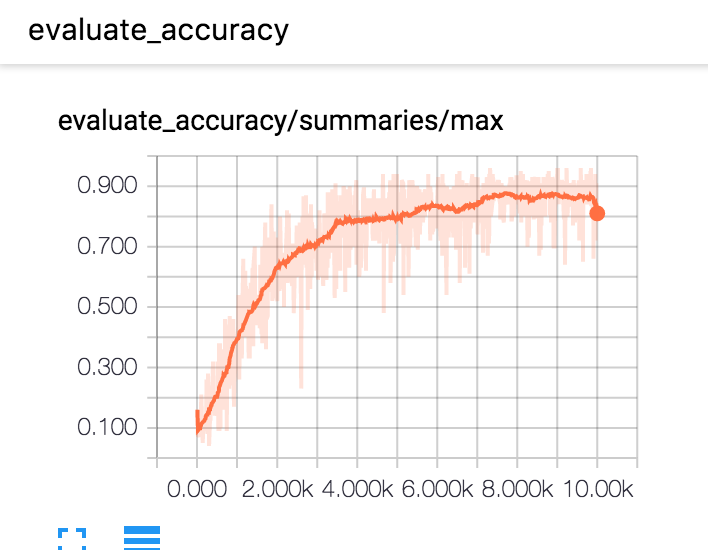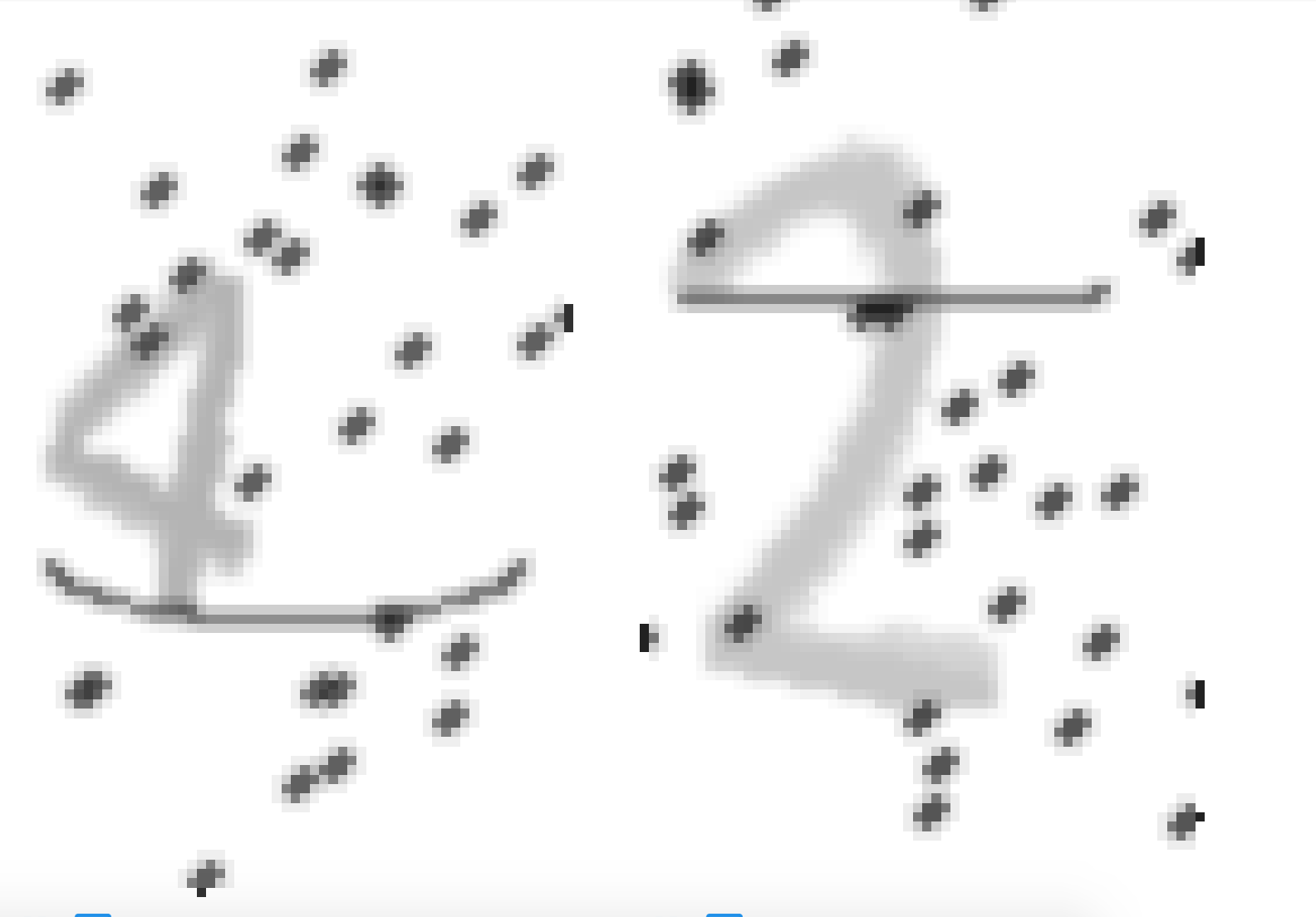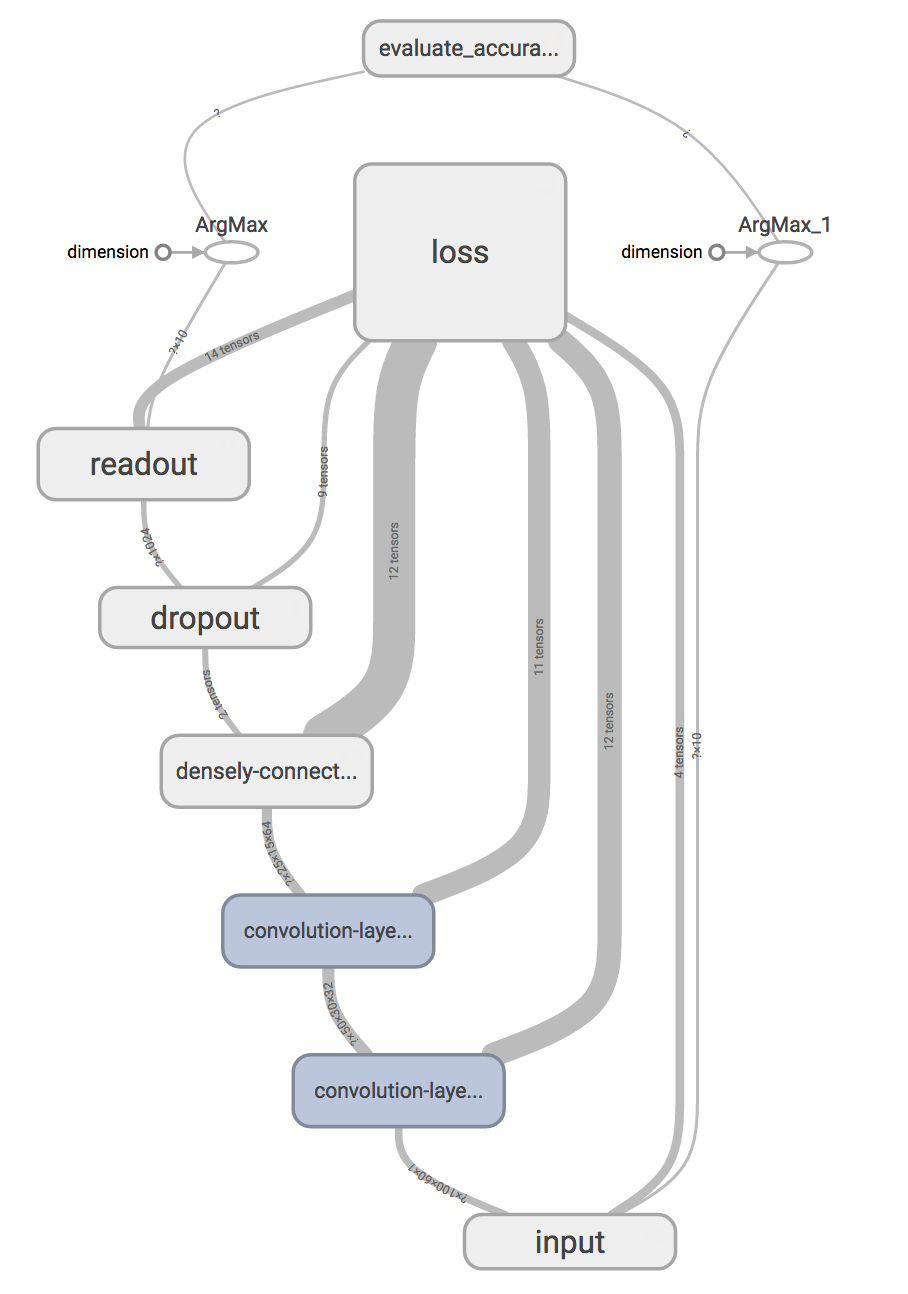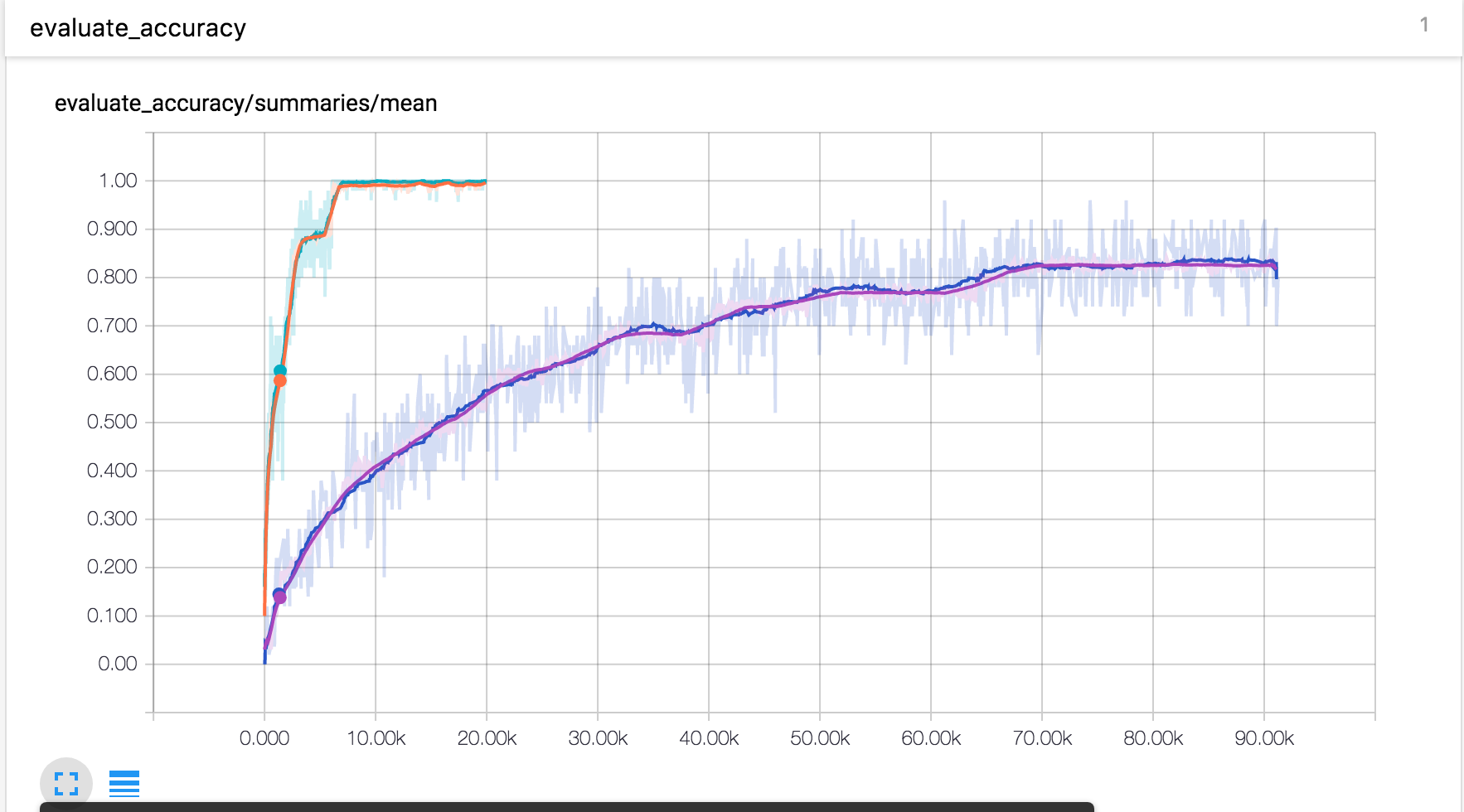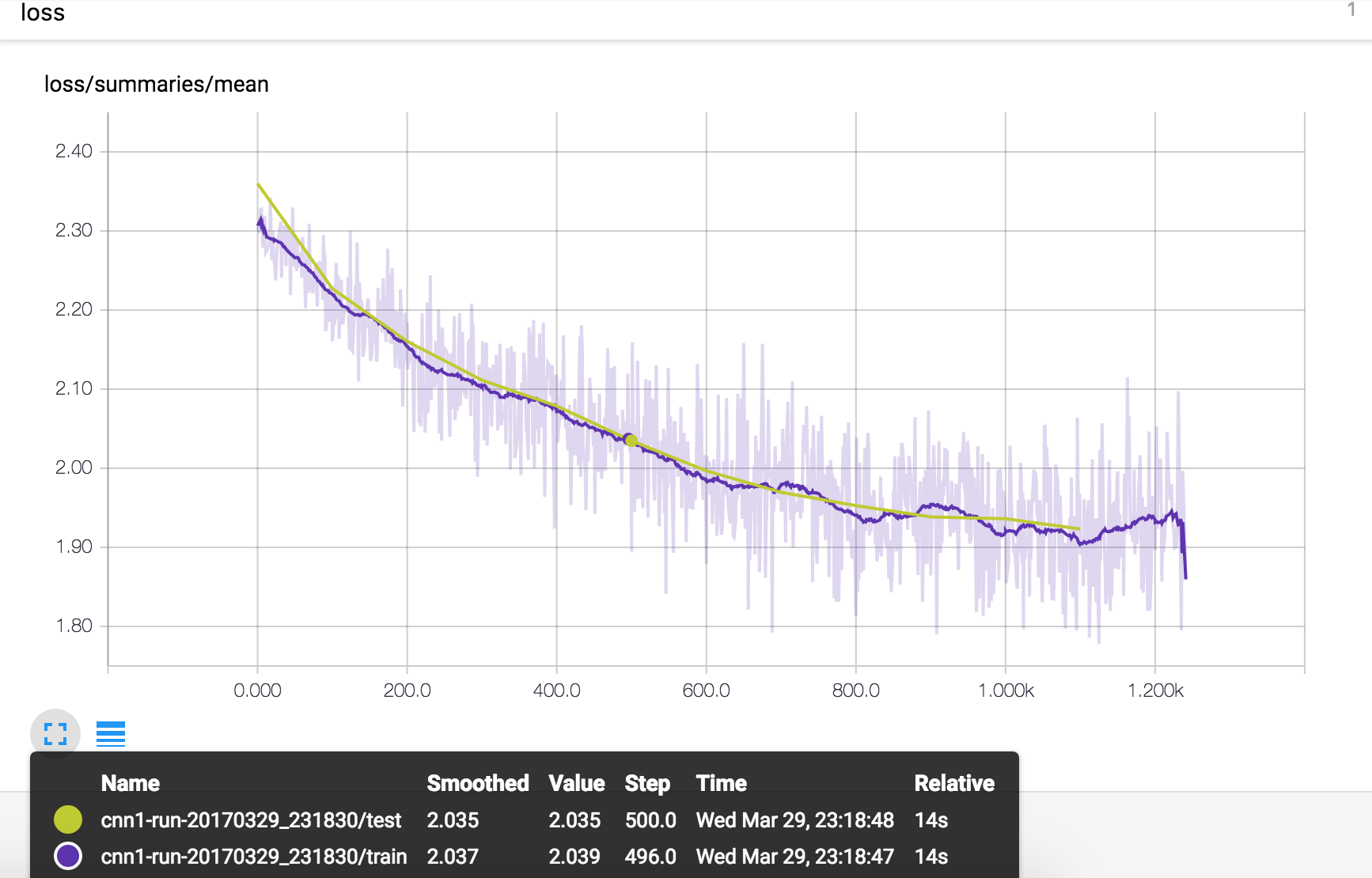使用 tensorflow 做验证码识别
每一个 dataset 分 train 和 test 2 个目录存放图片数据。 根目录下的 meta.json 存放参数信息。
meta.json 的例子
{
"num_per_image": 1,
"n_train": 1,
"label_choices": "0123456789",
"n_test": 1,
"width": 60,
"height": 100,
"label_size": 10
}图片的例子
使用 python 的 captcha package 生成测试数据
查看用法说明
$ python gen_captcha.py -h
usage: gen_captcha.py [-h] [-n N] [-t T] [-d] [-l] [-u] [--npi NPI]
optional arguments:
-h, --help show this help message and exit
-n N number of captchas permutations
-t T ratio of test / train.
-d, --digit use digits in labels.
-l, --lower use lowercase characters in labels.
-u, --upper use uppercase characters in labels.
--npi NPI number of characters per image.例如,生成包含数字 + 小写字母的验证码,每张图片包含 2 个字符, 10 组训练数据,另外生成 10% 的测试数据
$ python gen_captcha.py -dl --npi 2 -n 10 -t 0.1
36 choices: 0123456789abcdefghijklmnopqrstuvwxyz
generating 10 groups of captchas in images/char-2-groups-10/train
generating 1 groups of captchas in images/char-2-groups-10/test
write meta info in images/char-2-groups-10/meta.json用时约 1 min。生成的图片数量如下
$ ls images/char-2-groups-10/train | wc -l
12600
$ ls images/char-2-groups-10/test/ | wc -l
1260生成测试数据, 1000 组, 纯数字
$ python gen_captcha.py -n 1000 -d训练
$ time python simple_softmax.py
data loaded
train images: 10000. test images: 2000
label_size: 10, image_size: 6000
...
step = 9100, accuracy = 91.10%
step = 9200, accuracy = 91.40%
step = 9300, accuracy = 92.00%
step = 9400, accuracy = 91.40%
step = 9500, accuracy = 91.35%
step = 9600, accuracy = 90.80%
step = 9700, accuracy = 91.60%
step = 9800, accuracy = 91.65%
step = 9900, accuracy = 90.50%
testing accuracy = 91.05%
real2m46.478s
user2m29.704s
sys0m17.828s基本的原理:
tensorflow 执行时,写 log 文件, tensorboard 解析 log 并做数据可视化。
定义 graph 的时候, 用 tf.summary 定义需要写入日志的变量值和格式。
代码:softmax_with_log.py
$ python softmax_with_log.py在另外 1 个 terminal 中执行
$ tensorboard --logdir=log浏览器中打开 http://127.0.0.1:6006/
作为对比,在 mnist 数据集上,跑出了 98%+ 的正确率。
在验证码的数据集上,基本在 10% 左右 -- 恰好等于随机蒙的概率。
同样 1 个数据集,softmax 正确率 90%, 加了 CNN 却降到了 10% -- 随机蒙的概率。 2 者的数据集相同,不会是数据源的问题。
mnist tutorial 里的 convolutional.py 模型,正确率 98%, 数据源换成验证码以后,也是 10%。 模型相同,不是我的低级编码错误导致。
再看一遍数据源和模型
前面的 2 个卷积层,成功的把 feature 全部过滤掉了,留下来的都是噪声的小圆点。
灰度图里,这些小圆点,颜色比信息要深一些。 模型的 pooling 是 max,激活是 ReLU,正好提取了小圆点。 导致最后一层全链接学习不到正确的参数。
人工智能里的 Bug 也更加智能了
所以,是不是可以搞一个验证码生成与识别的 AI 对抗。
把纯数字的改成了英文+数字混合( 36 labels ),训练了两个小时,正确率收敛在 80% 左右。
step 19100, training accuracy = 100.00%, testing accuracy = 99.65%
step 19200, training accuracy = 100.00%, testing accuracy = 99.65%
step 19300, training accuracy = 100.00%, testing accuracy = 99.65%
step 19400, training accuracy = 100.00%, testing accuracy = 99.60%
step 19500, training accuracy = 100.00%, testing accuracy = 99.60%
step 19600, training accuracy = 100.00%, testing accuracy = 99.65%
step 19700, training accuracy = 100.00%, testing accuracy = 99.65%
step 19800, training accuracy = 100.00%, testing accuracy = 99.65%
step 19900, training accuracy = 100.00%, testing accuracy = 99.65%
testing accuracy = 99.70%调参以后的 accuracy 与 loss 曲线
